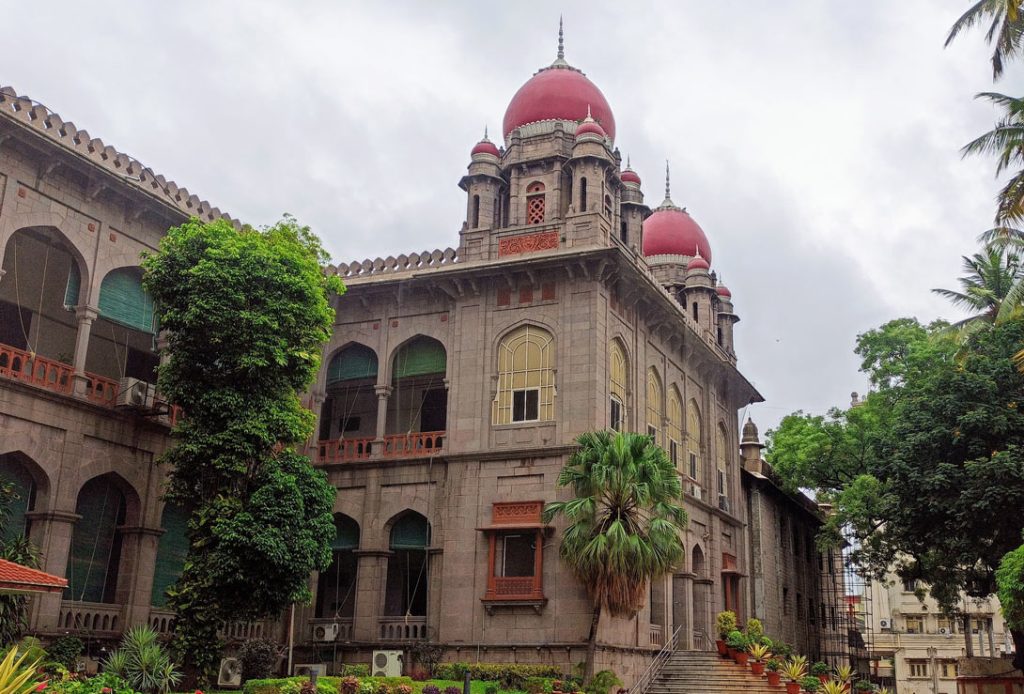The Telangana High Court has critically examined the powers of the Hyderabad Disaster Response and Assets Monitoring and Protection Agency (HYDRA) regarding its demolition activities, particularly in the case of a farmhouse owned by B. Pradeep Reddy in Janwada village.

The issue came to a head when Justice Kunuru Lakshman of the Telangana High Court questioned the legal framework under which HYDRA operates, especially its authority to demolish constructions after a considerable period, in this case, 15 to 20 years after their erection.
The court’s scrutiny was prompted by a petition from Pradeep Reddy, who sought to prevent the demolition of his property, which he claims was legally registered and built with due permissions from local authorities.
The farmhouse, located in what is alleged to be within the Full Tank Level (FTL) or buffer zone of the Osmansagar reservoir, has been at the center of political controversy, with allegations that it belongs to KT Rama Rao (KTR), the working president of the Bharat Rashtra Samithi (BRS), though ownership has been contested.
Justice Lakshman expressed skepticism over how structures that had been registered and for which local bodies granted construction permissions could suddenly be deemed illegal by another government agency like HYDRA. This raised questions about the consistency and legality of government actions over time.
The Additional Advocate General (AAG) argued that HYDRAA acts independently but within the legal framework provided by the state government, emphasizing that demolitions follow due process with prior notifications to property owners.
Justice Lakshman directed HYDRA to adhere strictly to legal procedures before any demolition, emphasizing that all property owners, regardless of the size of their land, should be treated equally under the law. He also sought detailed documentation on how HYDRA determines which structures fall within the FTL or buffer zones.
The case has drawn considerable attention due to its implications for property rights and the enforcement of environmental regulations.